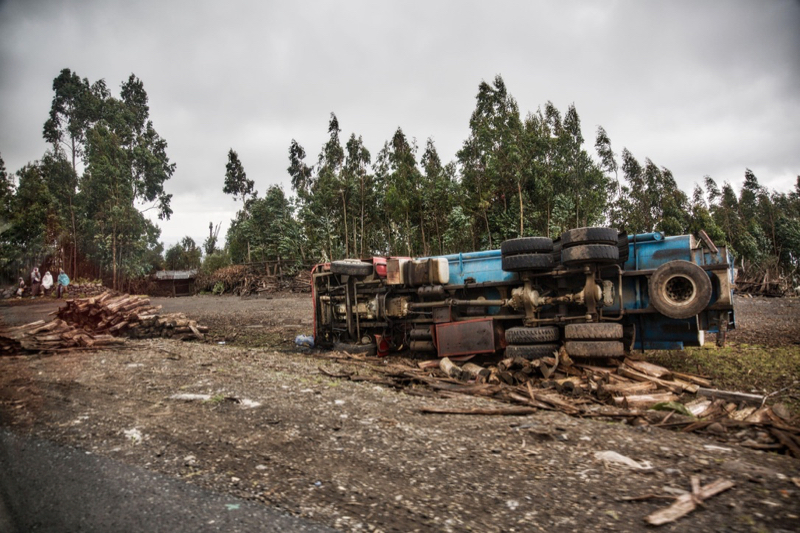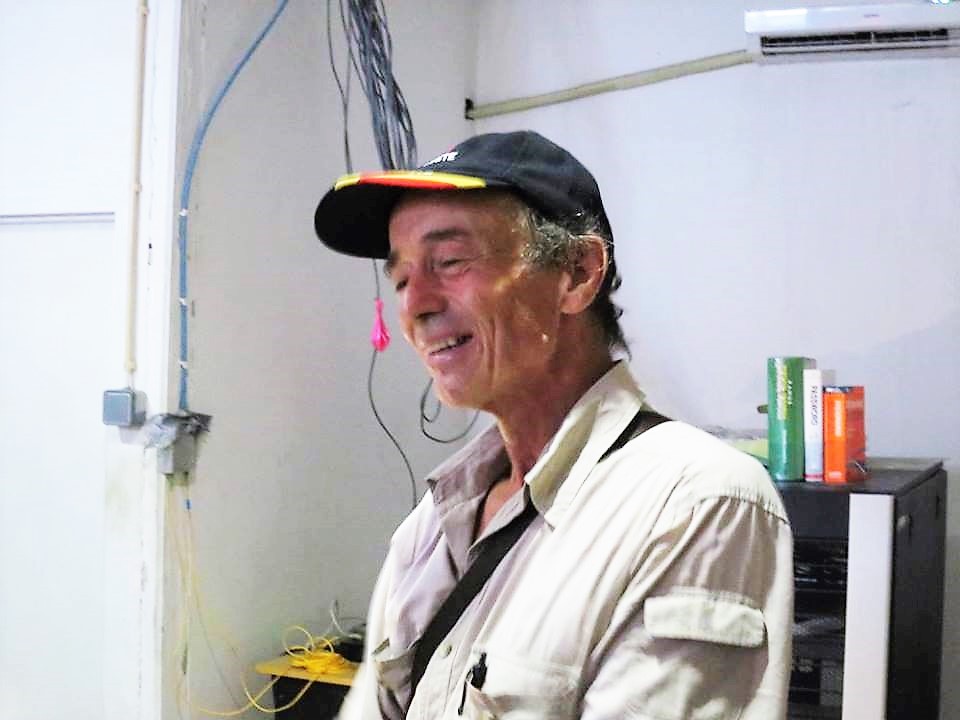British filmaker and journalist Max Stahl, whose film footage of Indonesian troops firing on protesters in East Timor in 1991, brought global attention to a massacre there, has died in Australia and will be honoured with a cathedral funeral.
A Catholic, Mr Stahl, 66, is to be honoured by members of Australia’s Timorese community and friends, diplomats and family at a funeral in Brisbane’s St Stephen’s Cathedral on November 12 – exactly 30 years after he filmed the so-called Santa Cruz massacre.
He died in Brisbane’s Princess Alexandra Hospital last Wednesday after a decade battling cancer.
Mr Stahl was known as Christopher Wenner in Britain, where he grew up. He was educated at the Jesuit Stonyhurst College in Lancashire, and later attended Oxford University.
After an early career in children’s TV – including co-hosting the popular British show Blue Peter – he moved behind the camera, adopting his mother’s maiden name Stahl.
He became a national hero in East Timor after secretly filming Indonesian soldiers open fire on students and young people protesting against Indonesian rule, in the capital Dili.
As peaceful marchers reached the Santa Cruz cemetery, soldiers opened fire killing hundreds of people. Stahl risked his own life to capture compelling footage that exposed the military brutality.
His wife, Dr Ingrid Bucens, said Mr Stahl was “aware of the danger” when he embarked on many hazardous assignments.
“But he didn’t let that put him off track,” Dr Bucens said.
“He was single-minded. He had incredible tenacity to hold on to things he believed in and to fight for them.”
Former East Timor President José Ramos-Horta called Mr Stahl a “treasured son”.
His footage was the first visual and indisputable evidence of military atrocities in the former Portuguese colony, invaded by Indonesian forces in 1975.
“We honour him as one of the true heroes of our struggle,” Mr Ramos-Horta wrote on Facebook shortly before the award-winning filmmaker died.
In 1991 Stahl travelled to East Timor to shoot a travel video about diving.
He heard about the planned November 12 protest march to the Santa Cruz after a memorial service for an independence supporter.
He witnessed special forces soldiers arriving and firing point plank into the large crowd.
Crouching behind a gravestone, Mr Stahl filmed the horrific action and then buried the film in the graveyard. He returned at night to retrieve the footage and later smuggled it out.
Timorese pro-independence activists had long-claimed atrocities carried out by Indonesian soldiers. The Santa Cruz footage was broadcast on television news across the world, and confirmed the brutal actions of the military.
“There are only a few key points in the history of Timor-Leste where the course of our nation turned toward freedom. This was one of those points,” Mr Ramos-Horta wrote on Facebook.
“It was the first time our message broke through to the world. Human rights networks went into action. Senators, Congressmen and Parliamentarians came to our side.
“And this happened when one man was willing to risk his life to document up close what was happening and smuggled the message out of our country.”
Mr Stahl later revealed how survivors of the Santa Cruz massacre had been brutally killed in hospital.
He was back in Timor-Leste in 1999 and documented atrocities committed before and after a United Nations-supervised referendum to decide whether the Indonesian-controlled province would be granted independence.
Mr Stahl was one of only a handful of foreign journalists to remain in East Timor after the vote as pro-Indonesia militiamen went on a killing rampage.
He obtained footage of the widespread violence and destruction going on.
A year later, Mr Stahl received the world’s leading prize for independent camera journalism, the Rory Peck Award.
He began work as an investigative journalist and film-maker creating documentaries and news stories in Latin America, former communist countries, Caucasus, the Baltic and the former Yugoslavia.
Mr Stahl made East Timor his home, learning the local language and recording the history of its people as it became the world’s newest nation.
“Max has also documented our joy, our families, our music, our rebirth as an independent democracy. He has wept with us, yes. But he has also celebrated, laughed, and loved with us,” Mr Ramos Horta wrote.
Mr Stahl created the Max Stahl Timor-Leste Audiovisual Centre where he preserved 5000 hours of video that has been recognised by the United Nations Educational, Scientific and Cultural Organisation (UNESCO).
It includes footage he took over three decades.
“The history of Timor-Leste can never be written without the story of Max Stahl,” Mr Ramos-Horta said.
Mr Stahl is survived by his wife and four children.



 Loading ...
Loading ...